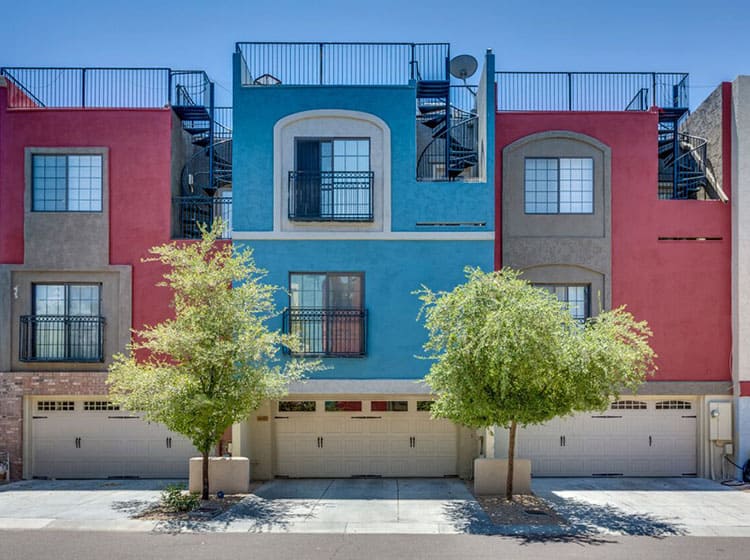Understanding Seasonal Influences On Commercial Exterior Paint: Essential Knowledge For Success
Understanding Seasonal Influences On Commercial Exterior Paint: Essential Knowledge For Success
Blog Article
Material Author-Burnham Skafte
When you're intending an industrial exterior paint job, seasonal elements can make or break your outcomes. You'll wish to take into consideration how temperature level and humidity influence paint application and drying times. Choosing visit my website can ensure your paint adheres effectively and lasts longer. Yet which seasons are really the best for this kind of job? Let's discover the crucial elements that can impact your project's success.
The Effect of Temperature on Paint Application
When you're preparing a business outside painting task, the temperature level can substantially affect exactly how well the paint sticks and dries.
Ideally, you intend to paint when temperature levels range between 50 ° F and 85 ° F. If it's too cold, the paint may not treat correctly, bring about problems like peeling or splitting.
On the other hand, if it's as well warm, the paint can dry out also promptly, stopping appropriate adhesion and leading to an uneven coating.
You need to additionally take into consideration the moment of day; morning or late afternoon supplies cooler temperatures, which can be more favorable.
Always check the supplier's referrals for the particular paint you're making use of, as they commonly offer guidance on the optimal temperature level array for optimum results.
Moisture and Its Effect on Drying Times
Temperature level isn't the only environmental aspect that influences your business external paint task; humidity plays a substantial duty also. High humidity degrees can slow down drying times significantly, affecting the overall high quality of your paint job.
When the air is filled with wetness, the paint takes longer to treat, which can result in problems like inadequate adhesion and a greater threat of mold development. If you're painting on a particularly moist day, be gotten ready for extended delay times between coats.
It's critical to check local weather and strategy appropriately. Ideally, go for humidity levels between 40% and 70% for optimal drying.
Keeping these factors in mind ensures your job remains on track and provides an enduring surface.
Best Seasons for Commercial Outside Painting Projects
What's the best time of year for your commercial external painting projects?
Spring and early loss are usually your best bets. During look at this website , temperatures are moderate, and moisture levels are usually reduced, producing excellent problems for paint application and drying out.
straight-line , which can trigger paint to completely dry too quickly, bring about poor bond and finish. Likewise, winter's chilly temperatures can hinder correct drying out and healing, taking the chance of the durability of your paint job.
Aim for days with temperature levels between 50 ° F and 85 ° F for ideal outcomes. Keep in mind to check the local weather prediction for rainfall, as wet problems can destroy your job.
Preparation around these aspects ensures your paint job runs efficiently and lasts much longer.
Verdict
In conclusion, planning your business external paint tasks around seasonal factors to consider can make a substantial difference in the outcome. By organizing work throughout the optimal temperatures and moisture degrees, you'll guarantee much better adhesion and drying times. Bear in mind to watch on regional weather report and choose the correct time of year-- spring and early autumn are your best options. Taking Recommended Browsing will aid you attain a sturdy and professional finish that lasts.
